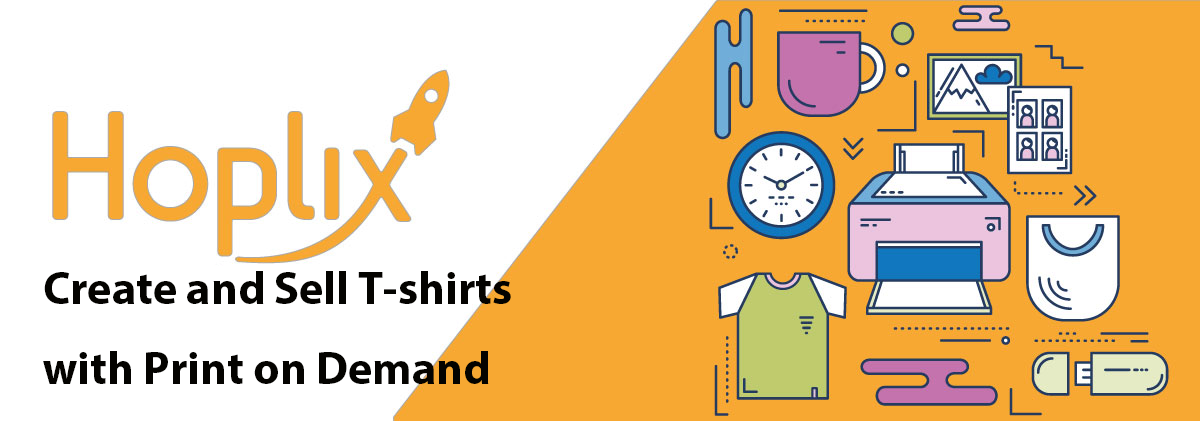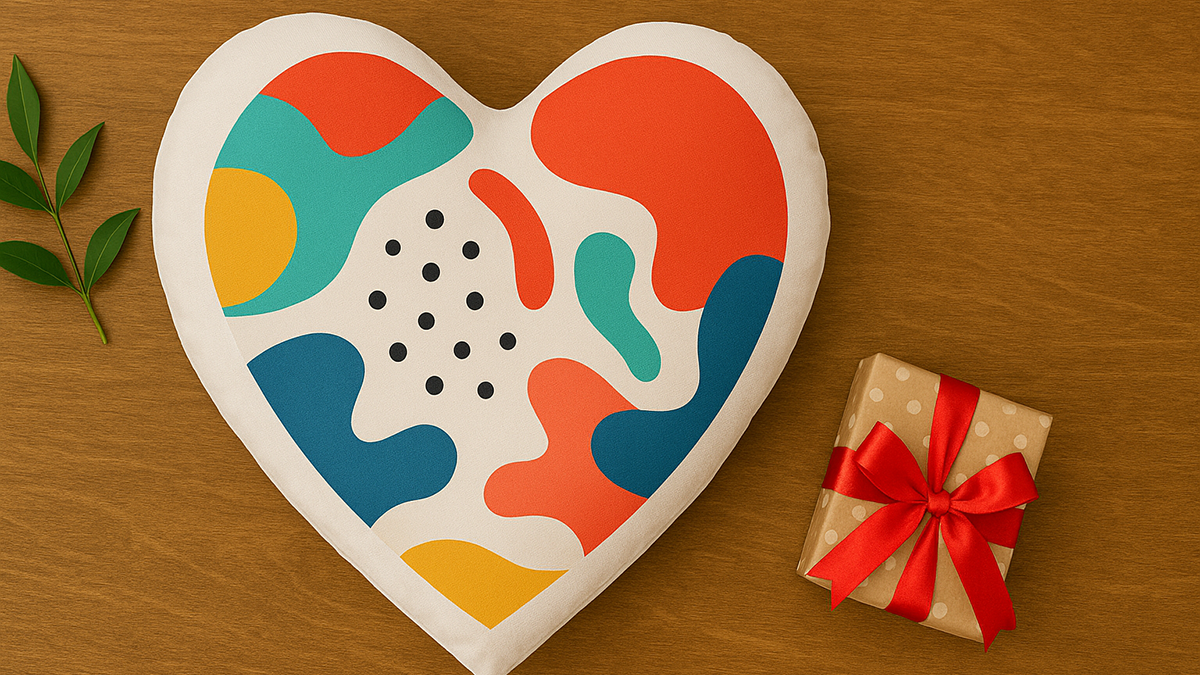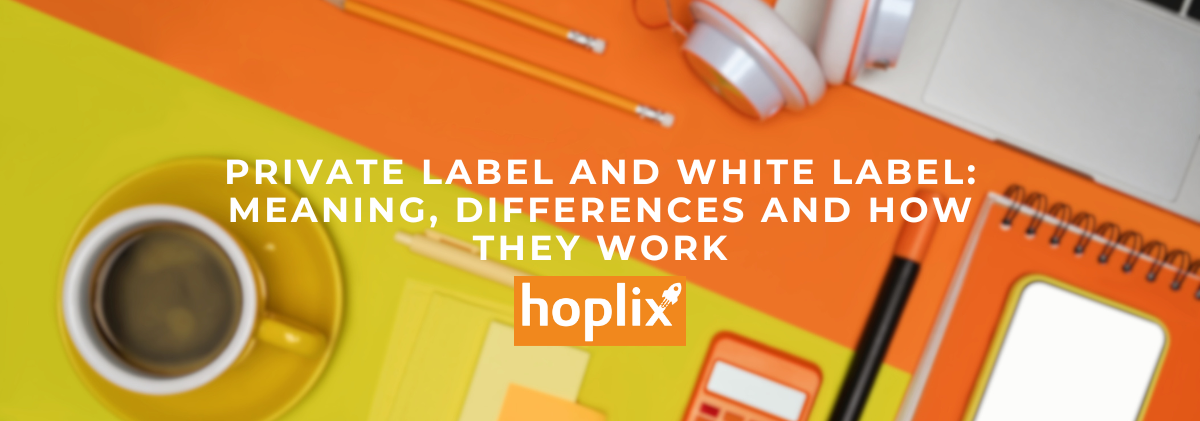 Print on demand, i.e. print-on-demand, of t-shirts and other products is booming. Upgrading dropshipping to a professional level, Print on demand e-commerce business models allow new and established online sellers to create white label and original products. Printing and paying for products only after a sale has been secured is a cost-effective way to test new designs or niche categories, or expand your online shop with minimal start-up costs.
Print on demand, i.e. print-on-demand, of t-shirts and other products is booming. Upgrading dropshipping to a professional level, Print on demand e-commerce business models allow new and established online sellers to create white label and original products. Printing and paying for products only after a sale has been secured is a cost-effective way to test new designs or niche categories, or expand your online shop with minimal start-up costs.
The T-shirt is perhaps one of the best-selling and most popular products in the history of commerce. It is the most widely used item of clothing as a means of expression. Creating and selling t-shirts and creating a clothing brand has become a very common business choice in the world of e-commerce.
One of the questions we are often asked by our sellers is: how do we create a design without being a designer? now we give you some tips that you might not have known!
How to be a designer without being one!
Obviously, to be successful with print-on-demand, one element is essential: design. But you don’t have to be a professional designer to come up with an original design. There are many ways to commission or produce your own designs.
First of all, let’s talk about the preparation of the print file. When you contact a designer, you have to specify that the design is intended for printing. With this indication, the designer will know that you need an image of 300 digital pixels per inch with a transparent background and other design features that differentiate a figure for print from one for the web.
Keep in mind that the characteristics of a print file vary depending on the printer and printing technique used. Uploaded designs should be as large as the print area of the product or larger; enlarging an image that is too small will result in a loss of quality.
Tip for finding your own design.
Maybe you are a designer yourself or you know a good designer to work with. But if not, don’t be discouraged. You can always turn to external tools. On Behance, Dribble or other sites for freelancers, you can get satisfactory work. You should clearly explain your project to a designer, explaining what your target audience is, what kind of design you would like to have and provide examples for inspiration.
There are many talented designers, so you should be able to find someone who can bring your ideas to life. But the hardest part is figuring out exactly what kind of design you want to achieve – this depends on the target audience your product is intended for. To make it easier for you, you have tools at your disposal to inspire you: social media such as Instagram, Facebook or Pinterest. You can consult your contacts and Facebook groups or it might help you to do some polls so you get some opinions that can change your creative situation.
Now, after the creation of the product you often ask us: how do I see and find my target audience to sell my creations? We have created other articles on the subject of marketing, what are the tools to reach your target audience, if you want to go and read them ( https://hoplix.com/print-on-demand-university/alcuni-tools-utili-per-trovare-il-tuo-pubblico-di-riferimento/ ), but keep reading and you will hopefully find what you were looking for and answer your questions!
Targeting a niche to simplify sales

Our best business marketing strategies for print-on-demand and must-have t-shirts are based on these questions you need to ask yourself to ensure your print-on-demand t-shirt business has a solid foundation.
Am I informed enough about your target audience?
The first and most important thing to consider when laying the foundations for a print-on-demand business is the target audience. You need to know exactly who you are talking to and then divide them further into segments so you can dig deeper.
The key to the success of any print-on-demand business is to ensure you have a good understanding of the niche and segments you’re trying to reach. For example, it’s not enough to say, “I want to sell and sell t-shirts to men only”; you have to ask yourself:
- How old are they and where do they live?
- Are they parents or students?
- What do they care about or love or appreciate the most?
Another very important thing is to understand who you are marketing to and analysing them in smaller groups will help you tailor your products, messages and brand. This will allow you to stand out from the crowd, create products that speak directly to your audience and ultimately increase your sales opportunities. Here are five steps to help you better understand your target audience:
- Collect and compile information on customer profiles based on your current data
- Take a look at your competitors
- Create a target market statement that clearly defines your potential buyers
- Test your target market segments with social and Google ads
Have you invested in building a strong brand?
Here’s the thing: even if you run a strong Print-on-Demand t-shirt business, you won’t be able to turn it into a thriving, profitable shop unless you’ve separated yourself from the pack. To do this, you need to establish a strong brand, one that speaks to your potential buyers and sets you apart from your closest competitors. If you want to establish a strong brand, you will need to invest in developing a unique and trusted shop image that shows your customers why they should choose your products. In short, your e-Commerce print-on-demand brand is the reason your customers will choose you.
Ultimately, marketing is what determines the success of your business. But if your target is too broad, you won’t succeed. That’s why defining your target is so important, no matter what tactics you employ.
Having a limited audience can actually help you create in-demand products, lowering the cost of acquiring customers and maximising your potential profits, because your decisions will be targeted to a specific audience. Better still, if through marketing you can build up your own audience, you will have a stable resource to rely on, even when you change the products you sell.
The possibilities for marketing are countless, but here are some ideas to get you started:
- Open an Instagram account and create or select content for your target audience. Post to show your products made as often as possible (they usually recommend at least posting once a day and supplementing it with Stories, which are never enough).
- Create targeted Facebook campaigns based on the interests of your target customers. Use Facebook adverts to test your designs to see which ones are best suited to your audience.
- Collect emails from visitors to continue advertising your products.
Without a doubt, building an audience of your ideal customers is critical to long-term success, whether or not you use print on demand.
![]()




